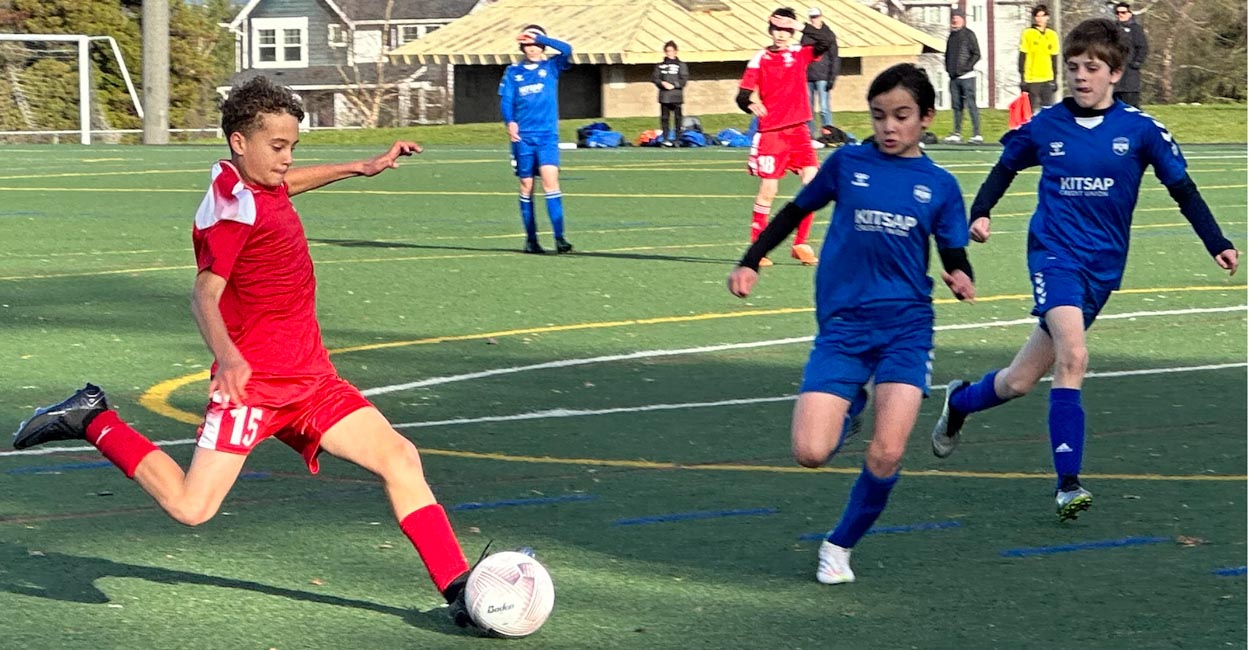
Exploring the word, the history, the meaning of infectious content.
Over the last couple of days, I’ve spent a lot of time talking about soccer—both in outreaches to the soccer-playing community, team owners, well-making soccer-related foundations in support of children, friends and family—and, of course, looking at a lot of videos. And live games, as well as performances of athletes [teenage enthusiasts and global stars.]
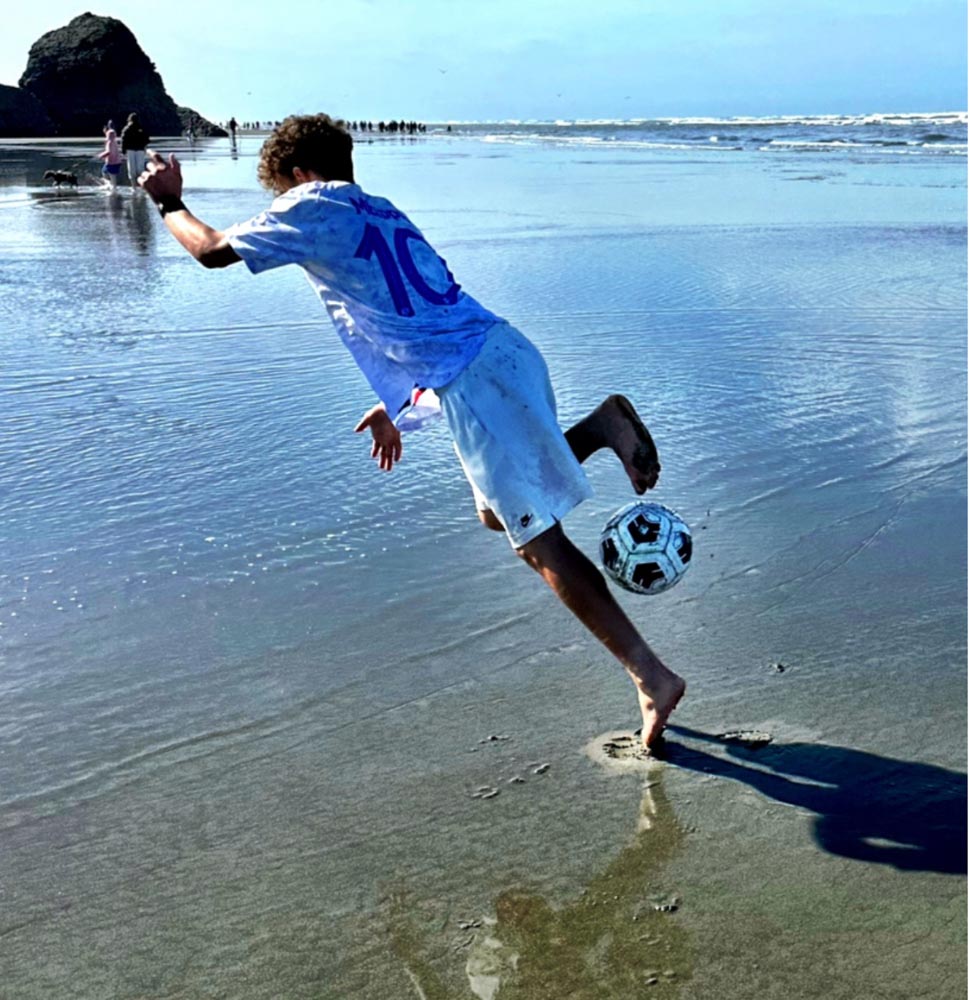
It’s compelling for me to study the context of the framing of language—the deeper meanings of words, their antiquity and laden with complex meanings and layers of content.
And it’s not an infrequent comment to me–“wait, is that a real word?” Experientiality, for example—a word that I developed to explain, and explore, the notion of GIRVIN’s brand thinking—it represents the spherical nature of brand experience, the circularity of brand touchpoints, the holism of engagement, and psychic, physical and emotional points of contact by brand journeyers in the construction of embracement. And yes, is that a real word—experientiality? In fact it is—though studied in a different context, as in a narratological tangent:
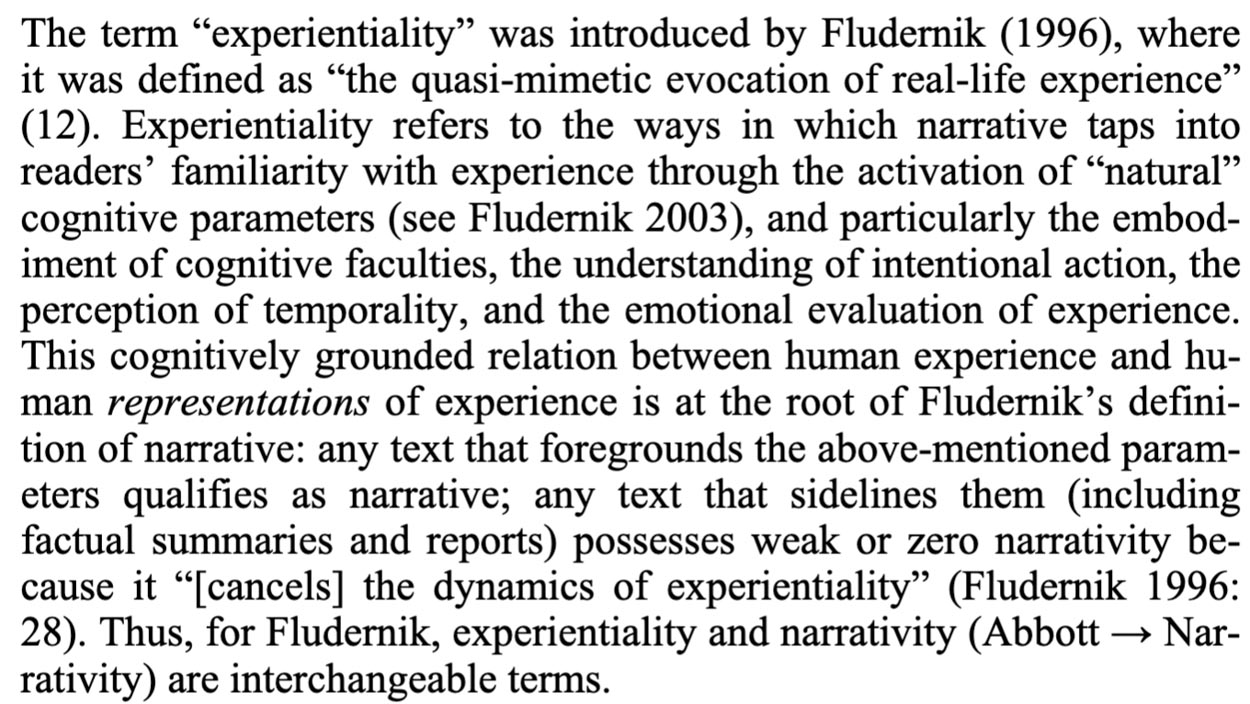
How does a brand touch, emotionally connect with experiencers? Initially, it would come down to this string of brand-contextual, even epiphanic moments—what we call GIRVIN’s brand Rs; these emerge as a psychical reference to: one—relevance: the brand’s utility [“I could use something like this”; and two, resonance—the song of the brand, “how does that fit with me personally, do I connect to the feel of the brand; it’s just right for me—what I believe and stand for?”
And finally—yes, I will confess to sometimes using words that seem invented, but more often than not, when I’m grappling with the right word, it will come to mind, and if there’s any risk of something that’s simply “made up” I’ll check it out. Doing that with frequency lends itself to constant traveling down the thread of a word back through time.
Etymologies are consistently framed in reverse, starting with the word that’s most recent, ranging backwards in time to what is considered the origin of that word. Searching and learning about word histories is rarely confined to the obvious—Greek and Latin alone—it spreads out, and like a long-running virus, very far back in time—even a map, plays out like a root system,
the mycelia of meaning.
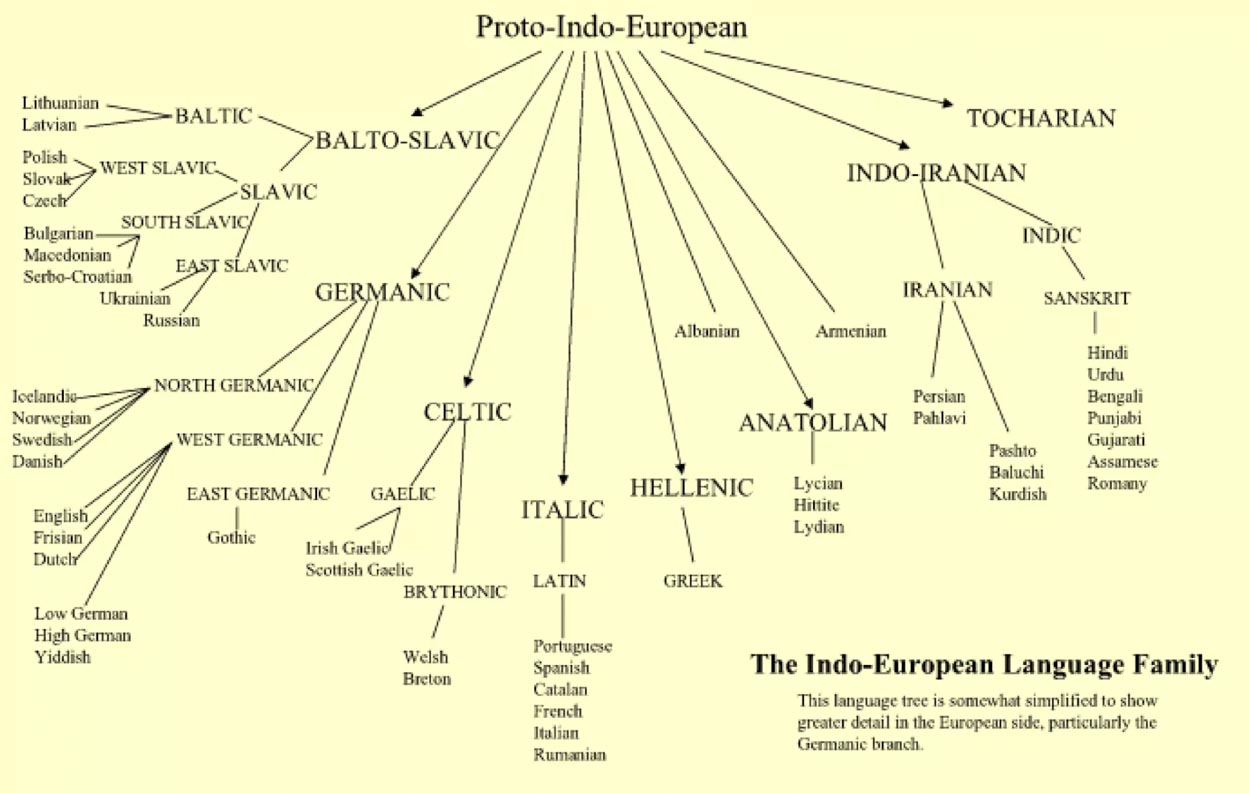
This might be merely decades, or it could be back thousands of years to prototypical seeds sounds that lie in the mists of the so-called Proto Indo European source of much of western linguistic tongues.
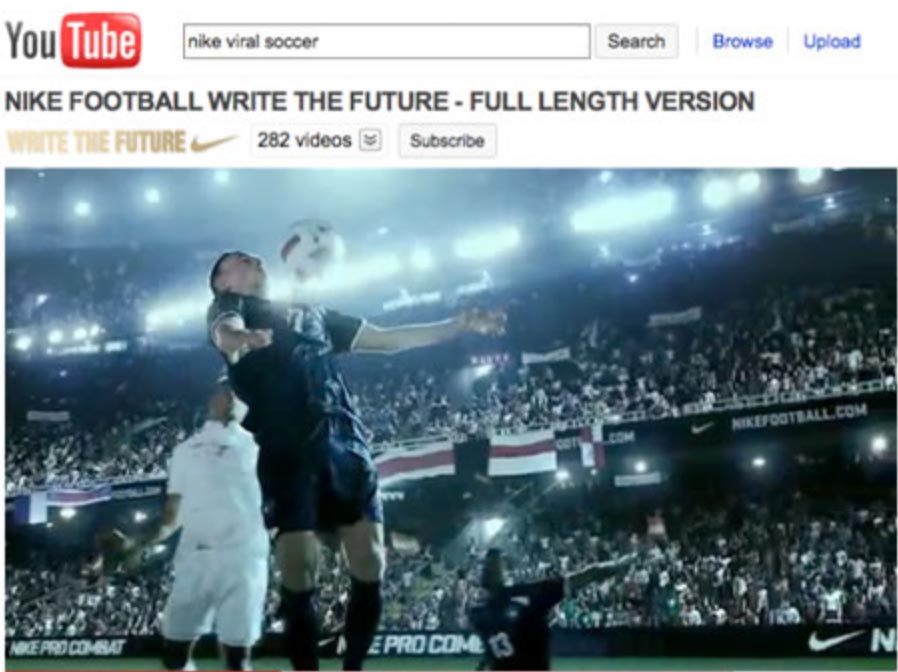
Working earlier in Chicago, and then, later, with my grandson—avid soccer fans, we roused to the energy of Nike’s viral additive, created by Weiden & Kennedy.
It’s, back then, a legendary story positioning—tightly and brilliantly edited—as a brand saga for what winning—and losing—is all about.
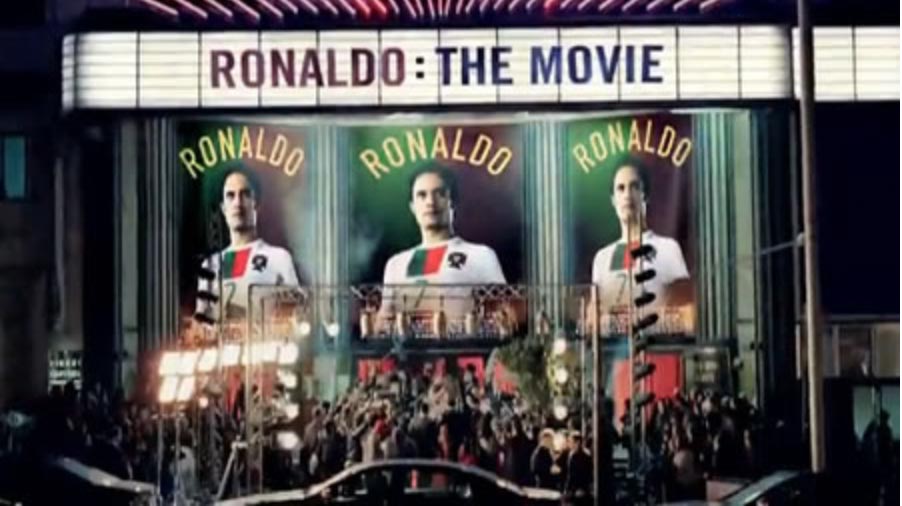
Winning is fame; losing is a future dearth.
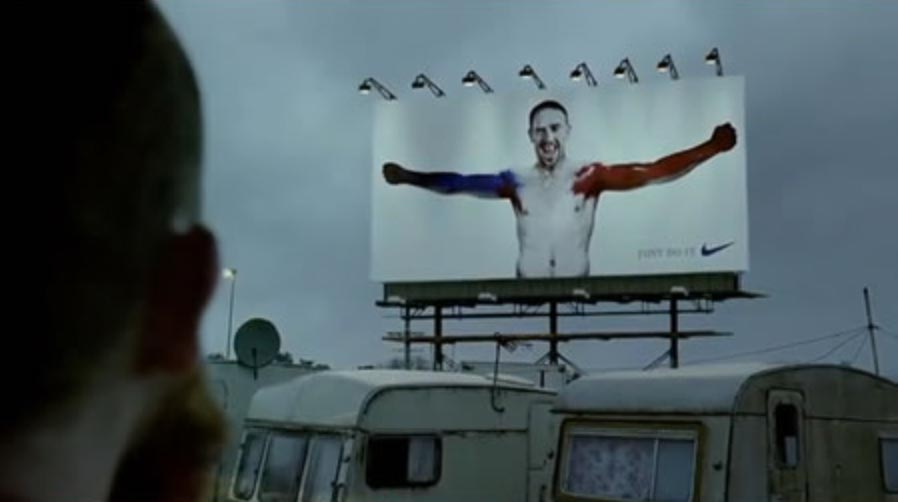
This is a particularly grand archetype of brand storytelling, wholly embraceable, great soundtracks—a spectacular production.
Watch it for a view into the psyche of the best-of-the-best champions
and the audiences that embrace the game.
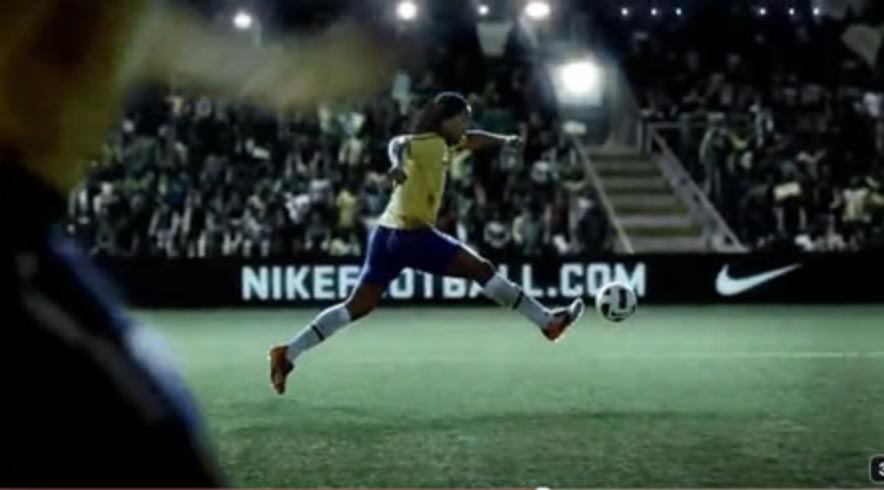
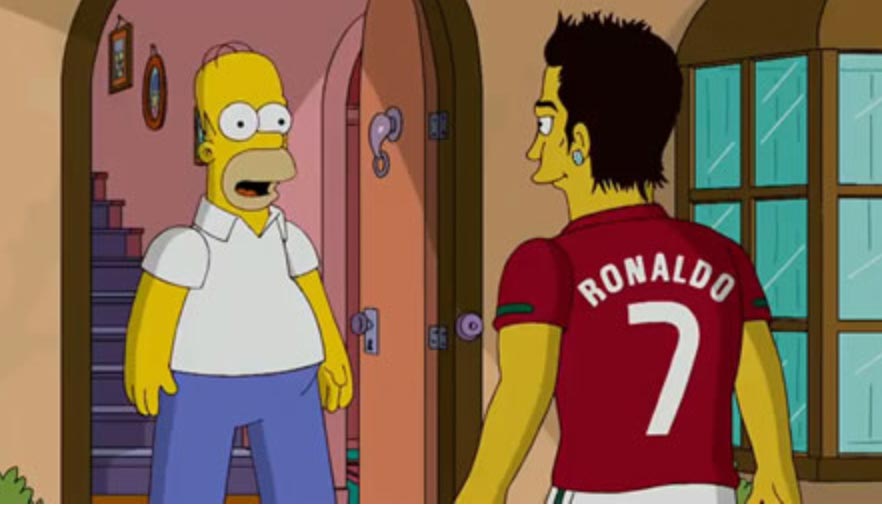
As an exploration into wildly explosive—and contagious content, it’s interesting to contemplate, for a moment, the legacy of infection, viruses and the implications of video.
In each, there’s a lesson that’s applicable.
Infection
To infect, is a word that last enters the etymological tracing in the late 14c., from L. infectus, pp. of inficere “to spoil, stain,” lit. “to put in,” from in- “in” + facere “perform” (see factitious).
Factitious is a deepening, it’s latest threading is from the 1640s, from L. factitius “artificial,” from factus, pp. of facere “do” (cf. Fr. faire, Sp. hacer), from PIE base *dhe– “to put, to do” (cf. Skt. dadhati “puts, places;” Avestan dadaiti “he puts;” Old Persian ada “he made;” Hittite dai- “to place;” Greek tithenai “to put, set, place;” Lithuanian deti “to put;” Czech diti, Polish dziac‘, Russian det’ “to hide,” delat’ “to do;” Old High German tuon, German tun, Old Saxon, O.E. don “to do;” Old Frisian dua, Old Swedish duon, Gothic gadeths “a doing;” Old Norse dalidun “they did”).
Infection then, to interpretation, would be about putting some thing in, to do something—as in, classically, to spoil or stain. One might presume that this has relevance to the notion of something being circulated that is “staining”—but also that context of doing is about altering.
To infect is to flex change in an experience—stained or otherwise.
Virus
Virus is simpler, to the notion of staining or “putting some thing in”, from the late 14c., “venomous substance,” from L. virus “poison, sap of plants, slimy liquid,” probably from PIE base *weis– “to melt away, to flow,” used of foul or malodorous fluids (cf. Sanskrit visam “poison,” visah “poisonous;” Avestan vish– “poison;” L. viscum “sticky substance, birdlime;” Gk. ios “poison,” ixos “mistletoe, birdlime; Old Church Slavonic višnja “cherry;” Old Irish fi “poison;” Welsh gwy “fluid, water,” gwyar “blood”). To the main modern meaning “agent that causes infectious disease” which was first recorded 1728. The computer sense — spreading poison — is from 1972. Adjective form viral was coined 1948.
Virus, to interpretation, is entirely about poison — infecting being the putting in, and virus—virulent—speaking to the quality of the toxic. But it’s interesting that, potentially, to the ultimate legacy of the word, to reaching back 6,000 years to the Proto Indo European seed linguistic era—the nexus of the root working map shown above, that virus might’ve come from a kind of dissolving, a melting away. And in this, there’s an alignment—viral content comes in, then perhaps in the ancient context of malodorous flow, slowly dissipates away.
“But what in the world happened to Google’s incredible “Chrome Speed Tests?” The video, a feat of technical and digital mastery, as a viral illustration of acceleration of content—and, back then, a first place example of “viral” content.
Video
Lastly, a quick reference on video, which is entirely recent, but based on deeper contexts of “holding” and perception, reaching back to 1935, as a visual equivalent of audio, from the Latin video “I see,” first person singular present indicative of videre “to see” (see vision). Videotape (n.) is from 1953; the verb is 1959, from the noun; videocassette is from 1971; video game is from 1973. Videocassette recorder is from 1971, now usually VCR (also 1971). Exploring the root of video brings the examination back to the late 13c., “something seen in the imagination or in the supernatural,” from Anglo-French visioun, Old French vision, from the Latin visionem (nom. visio) “act of seeing, sight, thing seen,” from pp. stem of videre “to see,” from PIE base *weid- “to know, to see” (cf. Sanskrit. veda “I know;” Avestan vaeda “I know;” Gk. oida, Doric woida “I know,” idein “to see;” Old Irish fis “vision,” find “white,” i.e. “clearly seen,” fiuss “knowledge;” Welsh gwyn, Gaulish vindos, Breton gwenn “white;” Gothic, Old Swedish, Old English witan “to know;” Gothic weitan “to see;” English wise, German wissen “to know;” Lithuanian vysti “to see;” Bulgarian vidya “I see;” Polish widzieć “to see,” wiedzieć “to know;” Russian videt’ “to see,” vest’ “news,” Old Russian vedat’ “to know”). The meaning “sense of sight” is first recorded, late 15c. Meaning “statesman-like foresight, political sagacity” is attested from 1926.
Video, interpreted might relate to the notion of vision and more intriguingly—seeing and knowing. The puzzlement of the idea of seeing something, then knowing about it—as a result of seeing—is a foundation to the concept of knowledge. What is seeing, but standing in sight of an “object” and therefore, seeing is believing, and knowing it.
That idea—seeing and knowing—unto itself is a far more complex undertaking, but the idea of thinking about the deeper import of the concept of viral content as being a kind of inserted infection that allows “knowing” is an interesting interpretation of present promotional marketing action.
I see. I see more. I see more deeply. I know.
And, to the spirit of brand relationships — and to the community that surrounds the sport.
I AM.
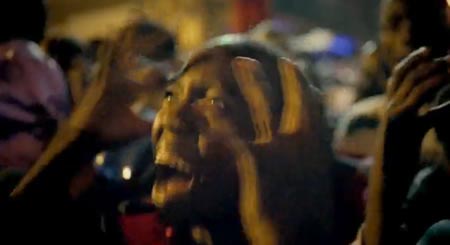
Nike’s spot, incidentally, has history—and still plays strong.
Speaking of a virological update:
Most YouTube Viewed Football Videos
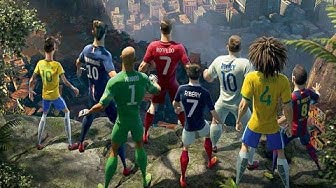 YouTube
YouTube
901 videos 43,983 views Last updated on Apr 5, 2024
tsg
….
Exploring the human brand
Majestic
There’s a magnetic if not psychic draw to connect with the game and its players, emulate the players’ life—and that deep and compelling draw is the literally “drawing-out” of the story into a vast webwork of interconnected participants, nay—enthusiasts.

The depth of the sport and the gift of play, community portrayal, and the joy of giving more is reflected—
that among the players, there is their give back. First hand, for us?
That comes back to Austen Everett, and my history
with her Mom, high school friend, June Leahy.
We help
GIRVIN | Strategic Brands
digital | built environments by Osean | theatrical branding
waves | art | Talismanika™ | Technology Brands | Destination Brands
Projects in strategy | story | naming | messaging | print
identity | built environments | packaging
social media | websites | interactive
Love what you do.
And share the joy.
